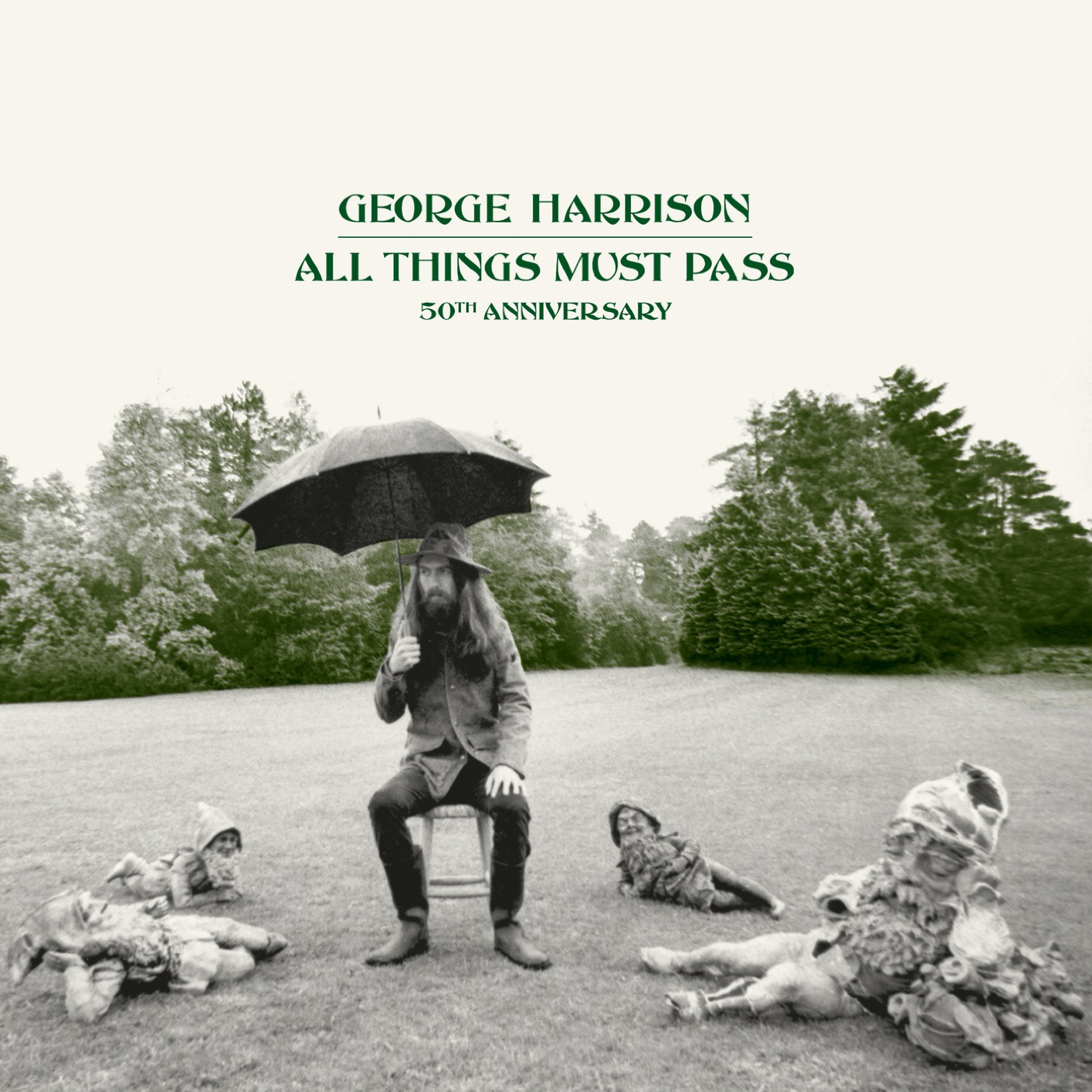“All Things Must Pass”, George Harrison’s masterpiece, turned 50 years old
“All Things Must Pass” by George Harrison (1943-2001) is the first album released by a Beatle after the band broke up in 1970. The best album by a solo Beatle for many. It is George’s third solo album after “Wonderwall Music” (1968) and “Electric Sound” (1969), recorded when The Beatles still existed, but Harrison defined this album as the starting point of his solo career.
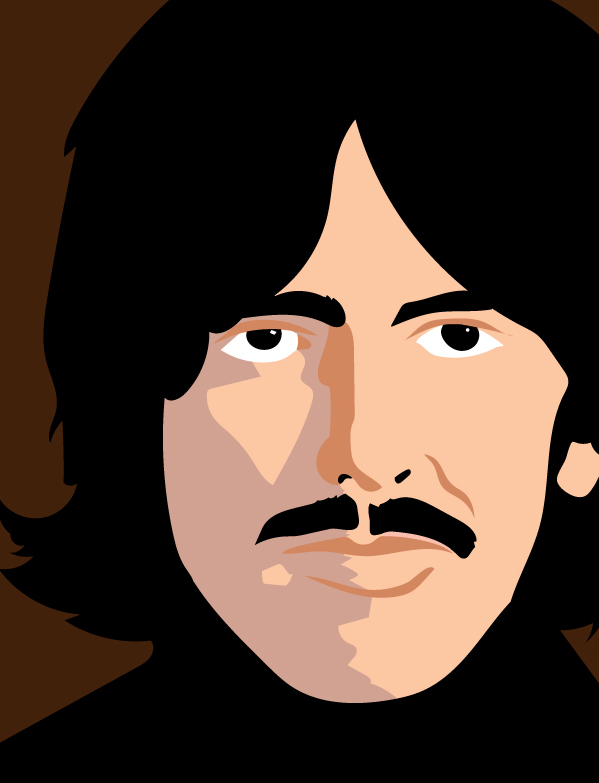
The album was produced by George Harrison himself and Phil Spector at Abbey Road Studios in London under the Apple label. It consists of 23 songs on six sides of three discs with a total duration of 103:33 minutes.
“All Things Must Pass” featured Eric Clapton, Bob Dylan, Billy Preston, Ringo Starr, Delaney & Bonnie, Gary Wright, Peter Frampton, Badfinger, John Barham among others. In January 2001, a reissue was published for the thirtieth anniversary in double CD format. This reissue is one of the final projects of George Harrison, who died eleven months later, in November.
In September 2014 the album was released again as part of the collection “The Apple Years 1968-75”. On August 6, 2021, the definitive edition was released for the album’s 50th anniversary.
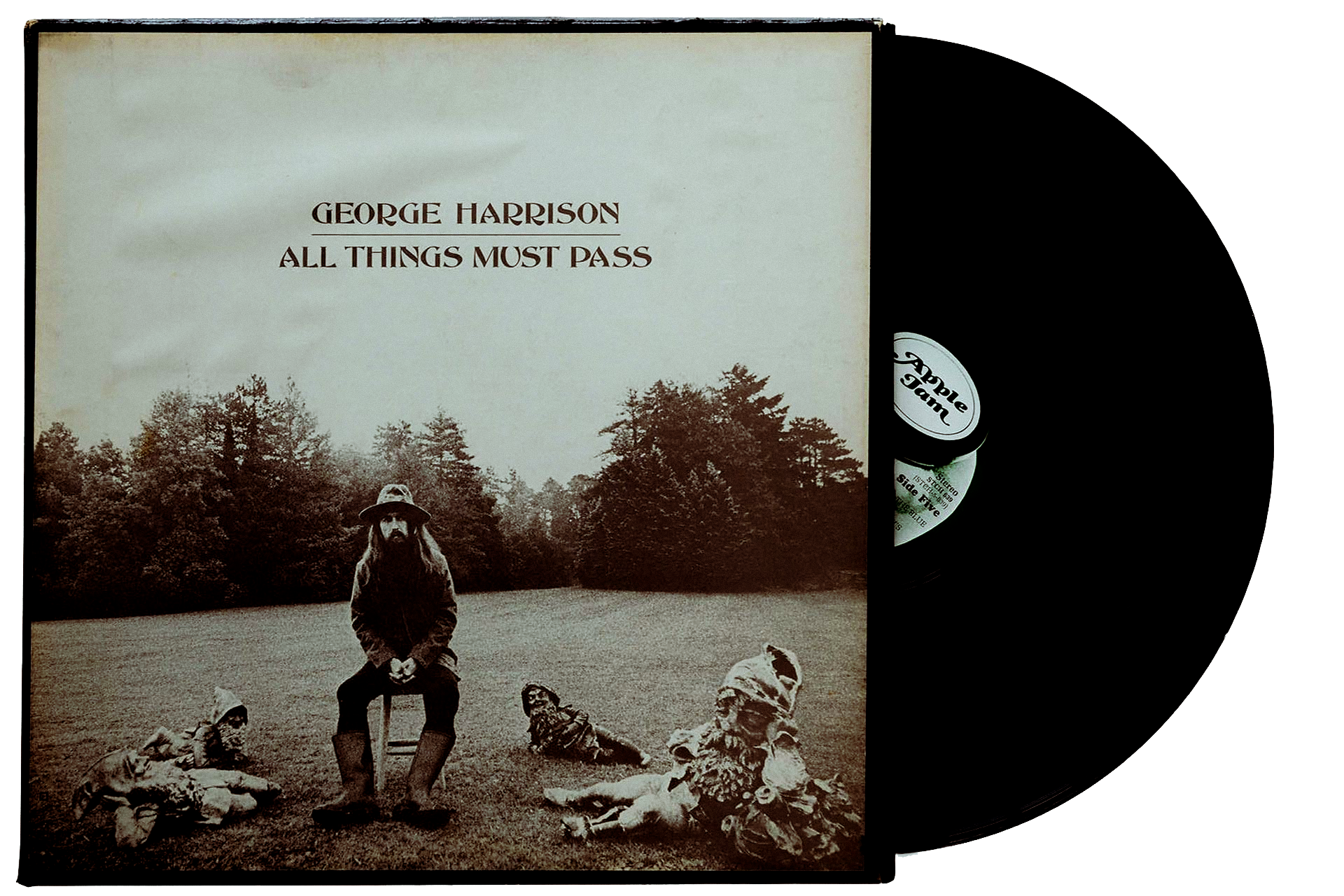
All things must pass
Between 1966 and 1970, along with the climax and final stretch of The Beatles, George Harrison exploited his creativity. The sketches for “All Things Must Pass” emerged in the United States where George spent some time after working on the White Album and where he established a great friendship with Bob Dylan.
George put aside the Indian sitar and took up his guitar to compose more than a hundred songs even though his songs had little place on The Beatles’ albums due to the hegemony of the Lennon-McCartney tandem.
Band loved George but they also underestimated him and for the general public, Harrison was the least visible Beatle after the dominant figures of John Lennon and Paul McCartney and the sympathy of Ringo Starr. This, together with the rejection that his songs received, created an obsession in Harrison to improve.
In 1970, George Harrison had hundreds of songs. Songs with a level of composition and sophistication that surpassed what Lennon and McCartney were doing at that time. Unintentionally and without intent, John and Paul were feeding a beast.
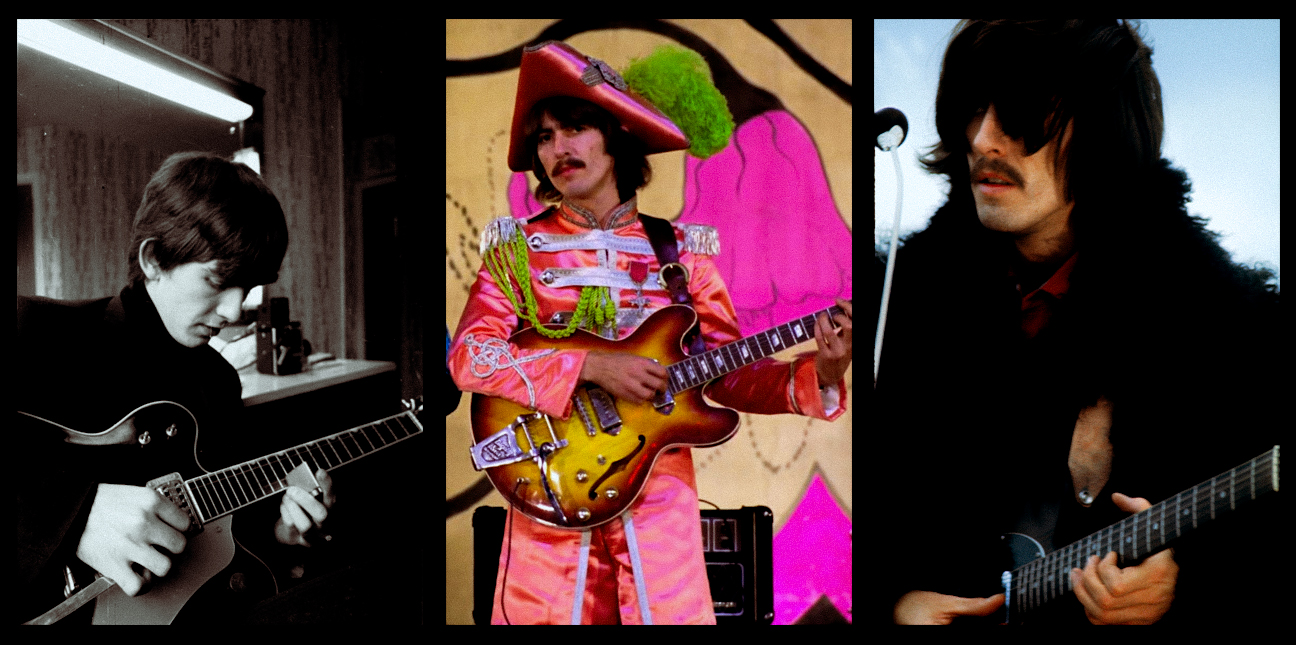
Slamming the table
George Harrison unexpectedly (and temporarily) left The Beatles during the so-called Get Back Sessions in London in 1969. Harrison arrived at the studio prepared after a visit he made with Bob Dylan to the Canadian band The Band
George observed that the five members of the group were of equal weight but The Band was not The Beatles and Rick Danko, Levon Helm or Richard Manuel were not John Lennon and Paul McCartney.
After the separation, while John, Paul and Ringo retired to their respective refuges to lick wounds and define their existence outside of the largest rock band in the world and the most relevant popular cultural phenomenon of the 20th century, George slammed the table.
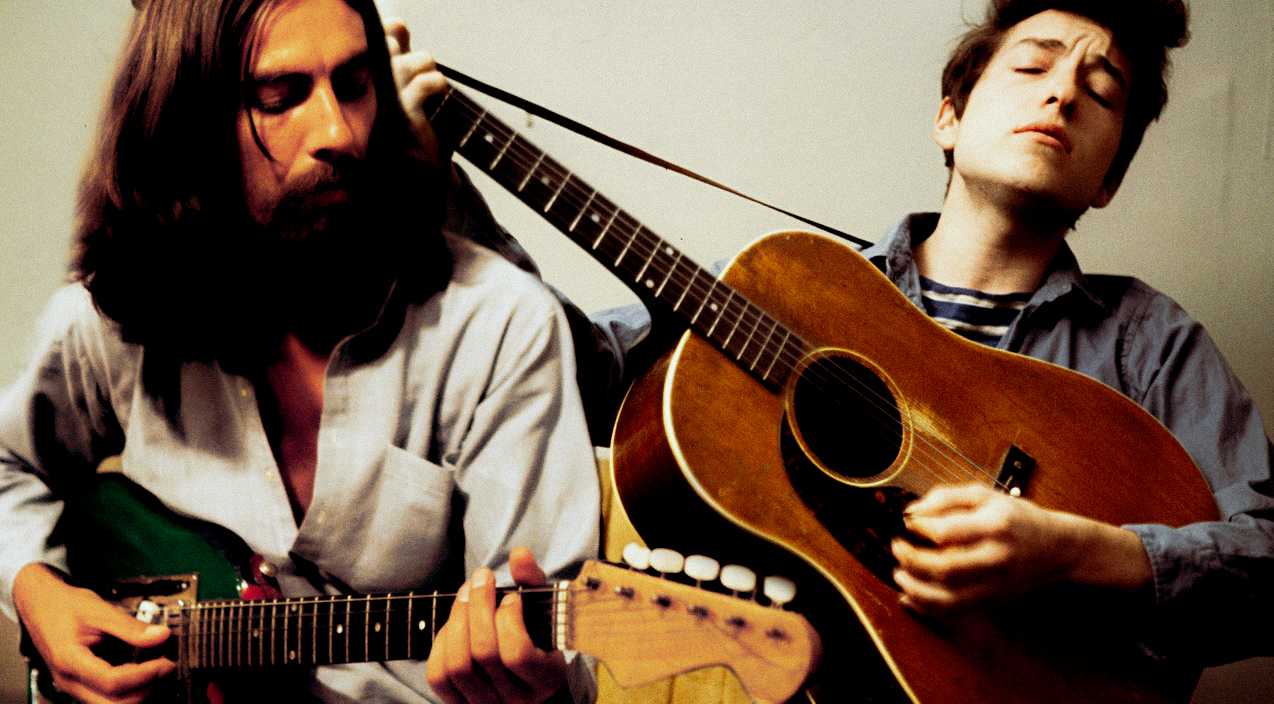
Complications
The original plan was to record “All Things Must Pass” in two months, but George paused work as he had to go to Liverpool to visit his cancer-stricken mother. His mother died during that year.
Some of his iconic songs such as “Is n’t It a Pity” and the album’s eponymous song were rehearsed during the Get Back Sessions. To this day it is controversial why they are not among The Beatles’ latest albums.
The single “My Sweet Lord”, the most representative song of George Harrison’s solo career, provoked a lawsuit for plagiarism due to its similarity to Ronnie Mack’s “He’s so Fine” performed by The Chiffons. Harrison lost the lawsuit which was resolved by the courts as: “Unconscious copying.” George settled the matter by paying a figure close to $600.00 to acquire the rights to the song.
The cover was another controversial element. Barry Feinstein’s photograph shows George Harrison sitting in the garden of Friar Park, his residence, surrounded by the effigies of four gnomes.
George and Feinstein clarified that they used the dolls because it was an item they had on hand at the time, but it was inevitable that it was said that those four gnomes lying on the floor symbolized the Liverpool quartet.
Lennon was irritated by the cover although at the end and at the request of Yoko Ono, George added the song “It’s Johnny’s Birthday” as a sign of truce with his former partner.
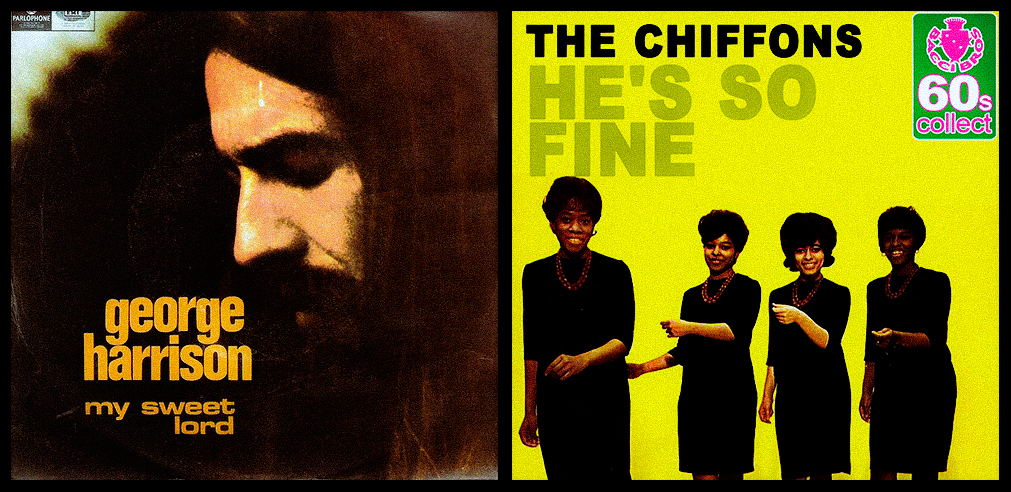
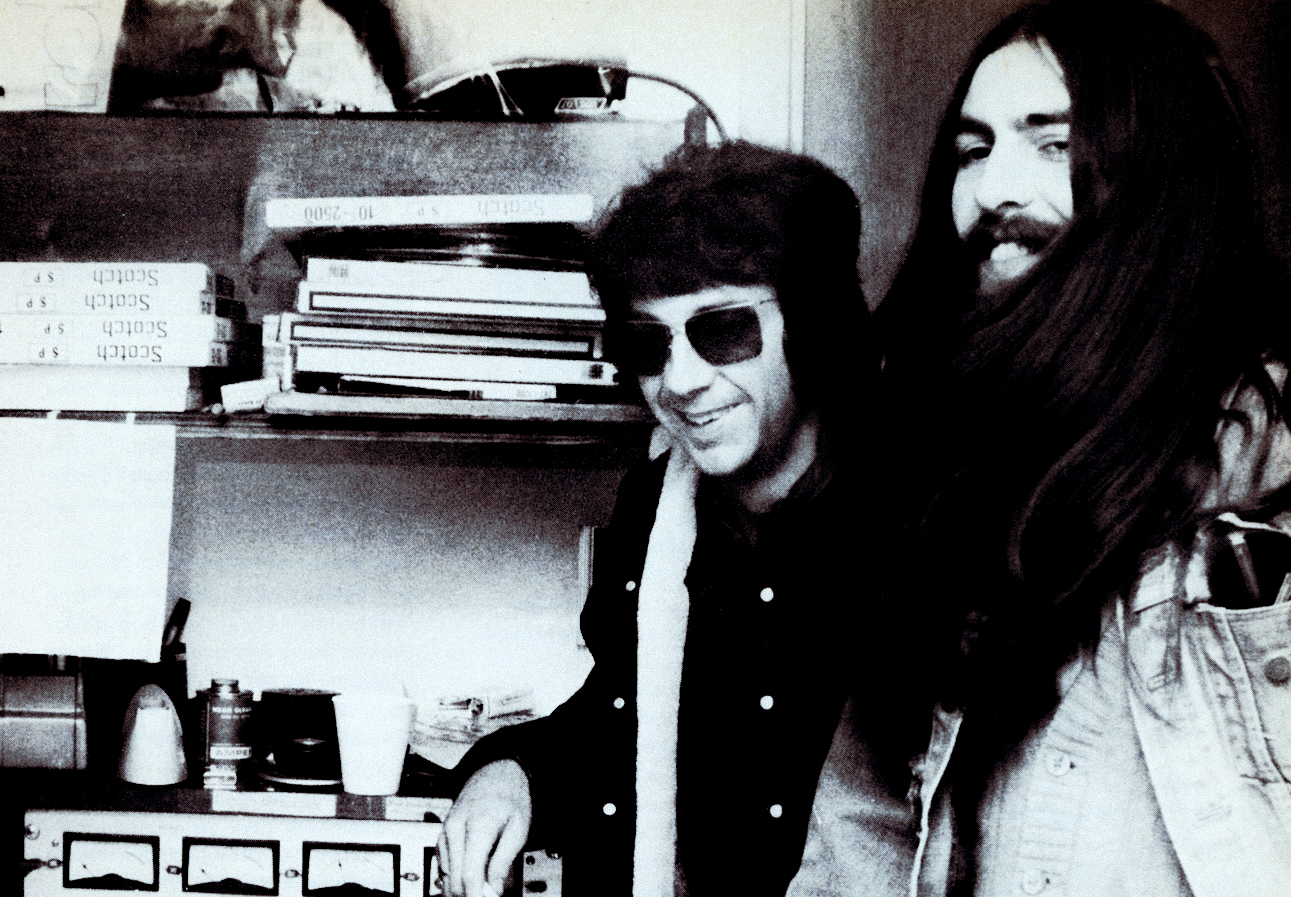
Clash of personalities
Another complex issue surrounding “All Things Must Pass” is the differences between George Harrison and Phil Spector. Harrison was introverted and spiritual and Spector was extravagant and loud and would not work unless he drank industrial quantities of beer. Goerge was not convinced by Spector’s working methods, but two such opposite characters ended up complementing each other.
Spector with his “wall of sound” hand in hand with George’s guidance and inspiration from Indian gospel, soul, folk and spiritual hymns and the collaboration of some of the best musicians of his time result in a monumental work.
The best album by a Beatle without The Beatles
“All Things Must Pass” is, after half a century, a fundamental work for understanding 20th century music. It is superior to Paul’s “McCartney” and Lennon’s “Plastic Ono Band”, released alongside George Harrison’s masterpiece.
“All Things Must Pass” is a work that must prevail in force and in the public’s taste with the passing of generations.



